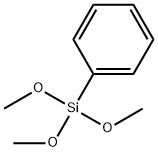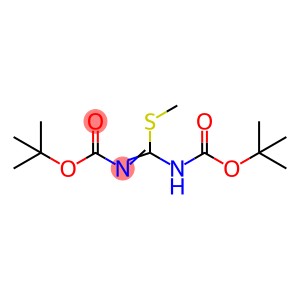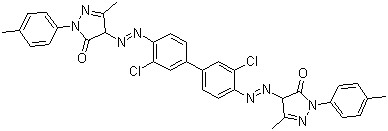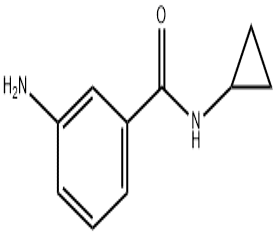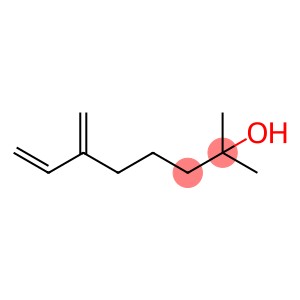Phenyltrimethoxysilane; PTMS (CAS#2996-92-1)
| Risk Codes | R10 – Flammable R36/37/38 – Irritating to eyes, respiratory system and skin. R68/20/21/22 - R20/21/22 – Harmful by inhalation, in contact with skin and if swallowed. R14 – Reacts violently with water |
| Safety Description | S7 – Keep container tightly closed. S16 – Keep away from sources of ignition. S26 – In case of contact with eyes, rinse immediately with plenty of water and seek medical advice. S36/37 – Wear suitable protective clothing and gloves. S45 – In case of accident or if you feel unwell, seek medical advice immediately (show the label whenever possible.) S37/39 – Wear suitable gloves and eye/face protection S36 – Wear suitable protective clothing. |
| UN IDs | UN 1992 3/PG 3 |
| WGK Germany | 3 |
| RTECS | VV5252000 |
| FLUKA BRAND F CODES | 10-21 |
| TSCA | Yes |
| HS Code | 29319090 |
| Hazard Class | 3.2 |
| Packing Group | III |
Introduction
Phenyltrimethoxysilane is an organosilicon compound. The following is an introduction to the properties, uses, preparation methods and safety information of phenyltrimethoxysilanes:
Quality:
- Appearance: Phenyltrimethoxysilane is a colorless liquid.
- Solubility: soluble in non-polar organic solvents, such as methylene chloride, petroleum ether, etc.
- Stability: Stable at room temperature, but has the potential to decompose in direct sunlight.
Use:
Phenyltrimethoxysilane is widely used in the field of organic synthesis and surface modification, and the specific uses are as follows:
- Catalyst: It can be used as a catalyst for Lewis acid to promote organic reactions.
- Functional materials: can be used to prepare polymer materials, coatings, adhesives, etc.
Method:
Phenyltrimethoxysilane can be prepared by:
Phenyltrichlorosilane is reacted with methanol to form phenyltrimethoxysilane and hydrogen chloride gas is generated:
C6H5SiCl3 + 3CH3OH → C6H5Si(OCH3)3 + 3HCl
Safety Information:
- In case of contact with skin or eyes, rinse immediately with plenty of water and seek medical attention.
- Avoid inhaling vapors and use in a well-ventilated area.
- Avoid contact with oxidants and acids when storing.
- Wear appropriate personal protective equipment (PPE) such as safety glasses, gloves, etc. when in use.


